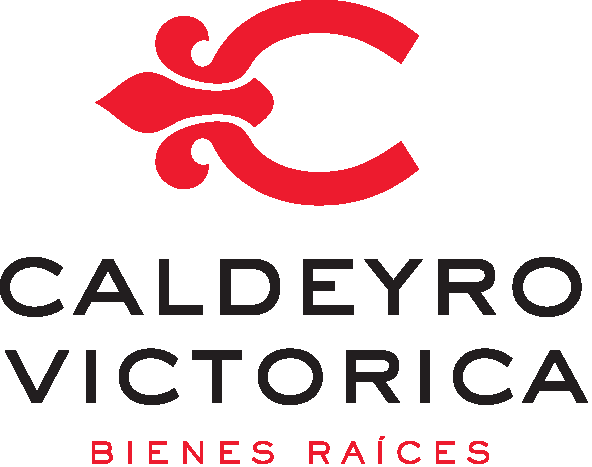Found between Uruguay’s well-known Punta del Este high end beach resort area and Brazil, Rocha is well positioned to evolve into the latest beachfront expansion. Having land prices at only $1 per sq. meter, lovely beach locations and a plenty wildlife reserves, real estate investors shopping in this region often see significant earnings on their investment in the medium term. See the following article from International Living for more on this.
Uruguay is rich in good-value beach and colonial real estate. You can easily find great places to live or spend time. Can investors make money here also? You bet…
Save for a stellar performance in the World Cup, Uruguay rarely makes the headlines. It goes quietly and successfully about its business. There are no natural disasters. The crime rate is low. It’s safe, stable and cultured. The infrastructure is first class. Over the past five years it’s been one of the world’s fastest growing economies.
Uruguay is bordered by the two regional powerhouses Argentina and Brazil. Brazil is a country that’s seriously on the up and is emerging as a global economic powerhouse. Argentina is a country with wealth but without confidence in their banks…and where children in big cities play behind gates. There are security concerns.
Uruguay’s Punta del Este is South America’s premier beach resort. Fifty kilometers of beach wraps around the punta, or point. Argentina’s, Brazil’s and Europe’s rich and famous vacation here every January and February. The beaches are stunning, the dining and shopping is world class, and the casinos and yachts give the place a French Riviera feel.
This is Uruguay’s most liquid market. For the period from March 2009 to February 2010, construction in Punta del Este was valued at $437 million. This represented a record year with an increase of 14% over the previous year. Times are good here. By comparison, Buenos Aires has 300 times the population but only 10 times more construction.
The province of Rocha stretches east of Punta to the border with Brazil. The best beaches in Uruguay are here, boasting deep-blue water and powdery golden sand.
You won’t find high-rises or all-inclusive resorts here. Yet.
Uruguay’s best seaside towns are here. La Paloma fills with tourists in high season. But it’s still a small, friendly beach town. La Pedrera has an upmarket feel, with large weekend homes beside a sweeping curve of beach. Cabo Polonia is famous for its shifting sand dunes and bohemian residents. There’s an abundance of nature reserves and parks in Rocha, many with lagoons ideal for bird-watching enthusiasts.
This stretch of coast is in the sights of a handful of international developers, who have been quietly buying up large tracts of land. Land values have been slowly increasing, but this market hasn’t yet taken off. I believe it will soon.
That’s because this stretch of coast is the natural extension of Punta del Este—except with better beaches.
Development is already moving up the coast from Punta del Este toward Brazil. Each year the open land between Punta del Este, La Barra and José Ignacio shrinks. Rocha is right in the path of this development. Tens of thousands of Brazilians travel through this area each year on their way to Punta del Este. Right now, Brazilians represent a huge, largely untapped market for developers in Rocha.
You can buy beachfront here for as little as $1 per square meter ($4,050 an acre). That’s a steal when you compare it to the $100 to $200 per square meter you pay as you get closer to Punta.
Buy land along this stretch of coast and wait for Punta to encroach from the south… and traffic from Brazil to increase from the north. If you are willing to wait five to 10 years I think you will do very well.
Thank you Kaira Diaz for the picture.


2 comments
I love Rocha. The Atlantic ocean has a special charm. Punta del Diablo is a lovely fishermen's village. I am looking into buying some land close to the beach.
It goes quietly and successfully about its business. There are no natural disasters. The crime rate is low. It’s safe, stable and cultured. The infrastructure is first class. Over the past five years it’s been one of the world’s fastest growing economies.